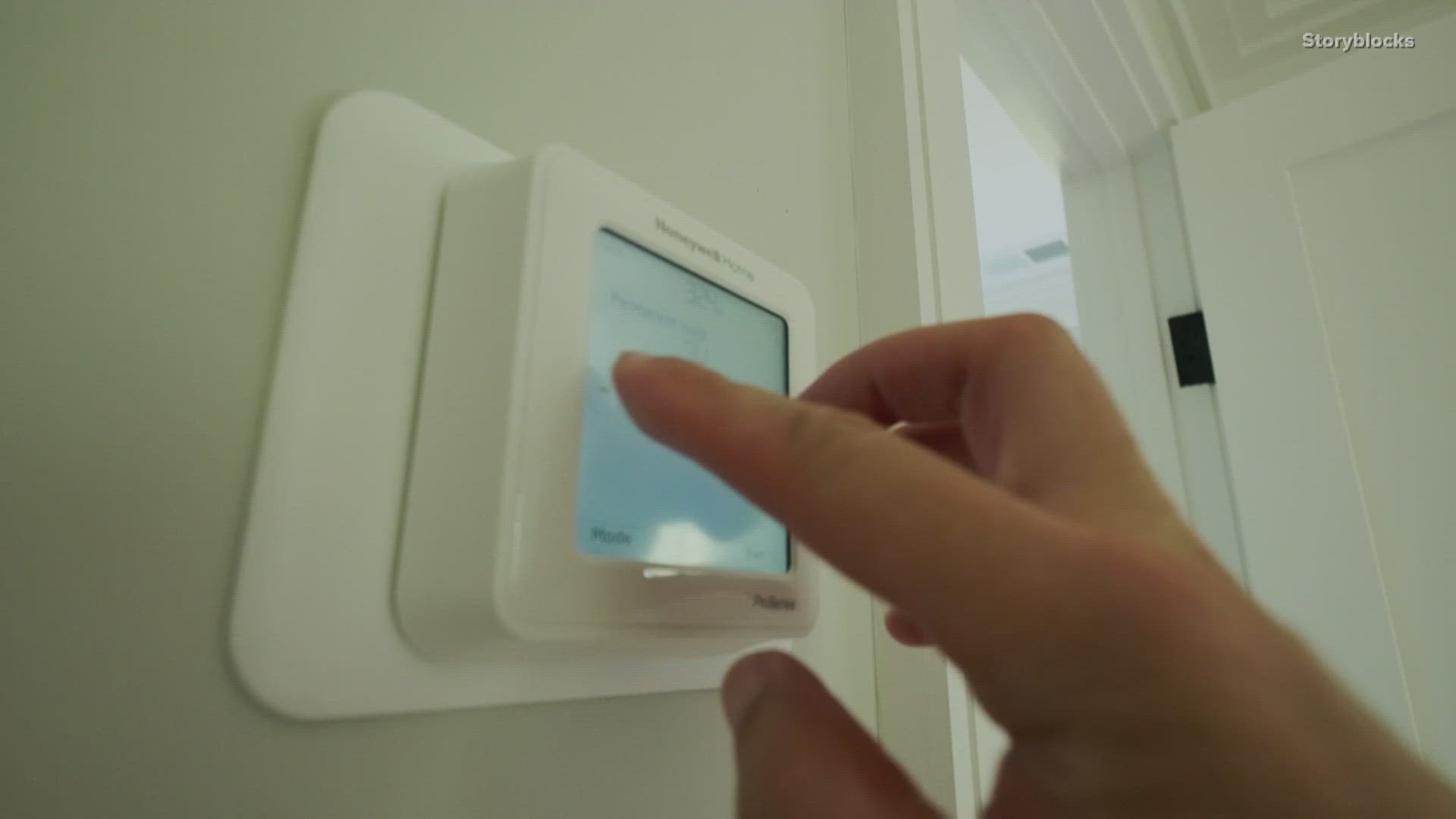WACO, Texas — Before the next freeze makes its way to Central Texas, let's figure out how to save on that electric bill.
Look at that contract with your electric company
Never pay for your electricity at the "spot rate."
Dr. Robert Tennant with Texas A&M University-Central Texas said the "spot rate" is the rate you pay for electricity when there is a surge. A great example is when temperatures go above 100 or below 30 degrees on consecutive days.
"This price per kilowatt goes up dramatically...so reaching out to your electric company to make sure you're in a plan is a good idea," Tennant added.
That means you are locked in on a yearly contract, ensuring your rates don't surge during times like these when temperatures are in the teens.
Tennant added that many people forget they are paying for their electricity and they're not in a contract with their company. Talking to that company and signing paperwork now will save you hundreds in the long run.
Pay attention to your heater
There are a few things to pay attention to with your heater: The temperature it's set at, its filters and its emergency heat function.
"Before we even talk about the heat it's good to remember your house needs to be insulated," James Baker, the owner of Dr. Watts Electric, Heating and Air said.
Baker said if your home is 20 years or older, there's a chance it is not insulated well. Sealing any cracks or openings on doors will keep cold air out and hot air in. Looking to see if your windows are double-paned is important, and if they aren't, he said to put heavy blankets over them to help with insulation.
When it comes to the heater, you want to make sure your thermostat sticks around 68 to 72 degrees. Baker said going above 72 degrees is very costly but the 68 degrees is a personal preference.
"People tend to be comfortable around that temperature but the lower the thermostat is, the more you save," Baker added.
This is also a good range to use as a gauge for those who have a heat pump system. Baker said in temperatures less than 30 degrees, the system will look frozen, but he wants everyone to know it's okay. It's when the thermostat goes outside that preferred temperature range that you have to worry.
You also want to pay attention to your auxiliary heat, which is the emergency heat function that kicks in. If it isn't automatically running in temperatures less than 30 degrees, you want to turn it on on your thermostat right away.
"In the extreme cold, it's needed, but you're wasting money if it's 40 degrees and you're turning it on," Baker said.
Another thing to look out for is your filters. Baker said you want to be changing them every 30 days so your HVAC system has enough air flow and doesn't overheat.
"Don't get the cheap stuff and don't get anything too thick," Baker added.
More from 6 News:

